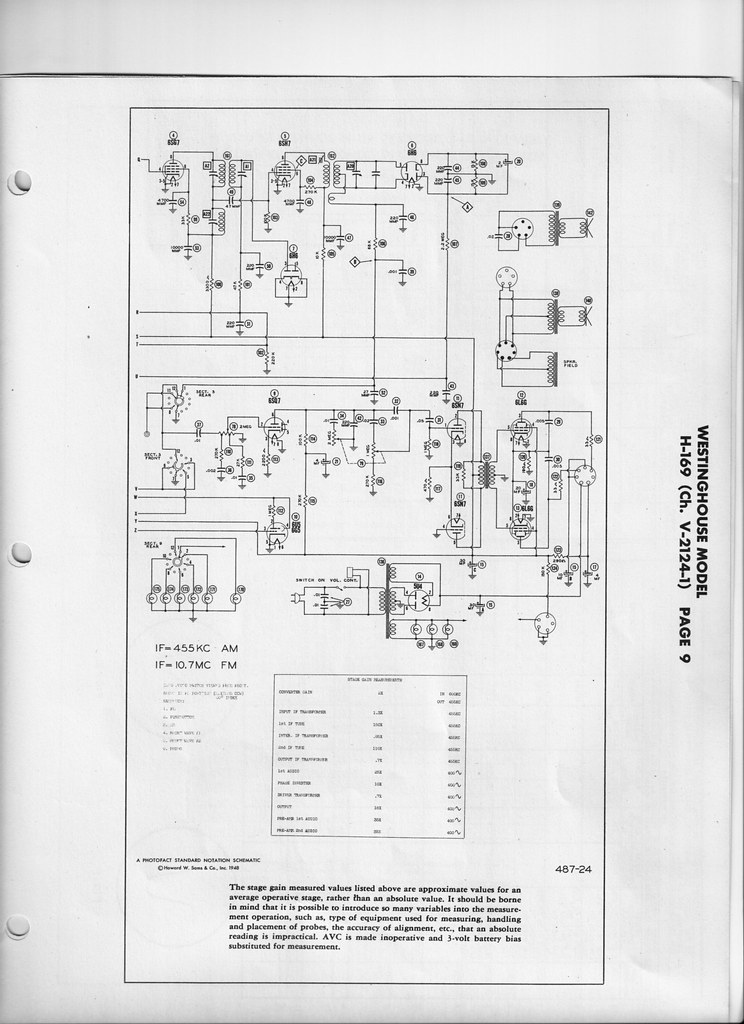I notice you like to play with radios , Thought you like see a swell old Westinghouse (1948) That my lovely Bride and I rescue from
off to the dump,from a few years ago , cleaned it up, got it going, its
has thick mahogany wood veneer, its a fine pice of furniture. Am.
FM.SW1.SW2.Phono. and hide away sub-woofer. that's swell !
.
....https://www.flickr.com/photos/126764...57650638500122
off to the dump,from a few years ago , cleaned it up, got it going, its
has thick mahogany wood veneer, its a fine pice of furniture. Am.
FM.SW1.SW2.Phono. and hide away sub-woofer. that's swell !
.
....https://www.flickr.com/photos/126764...57650638500122





Comment